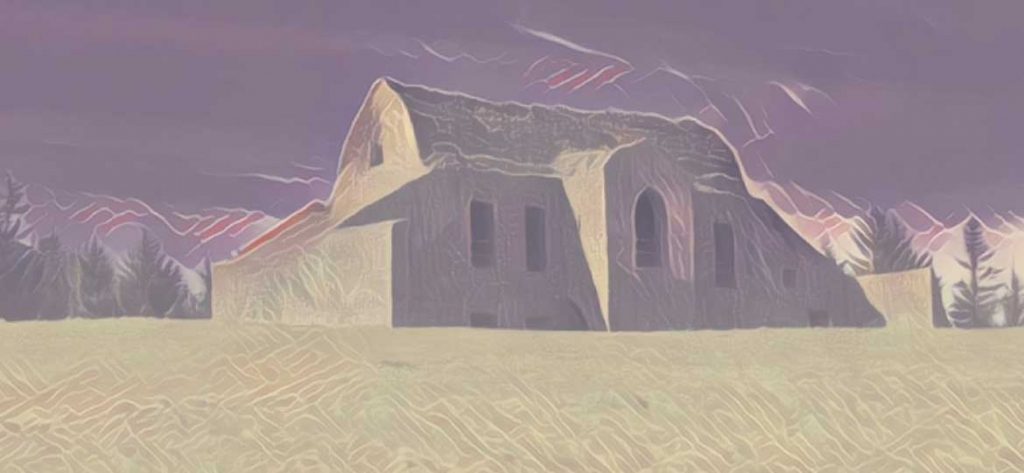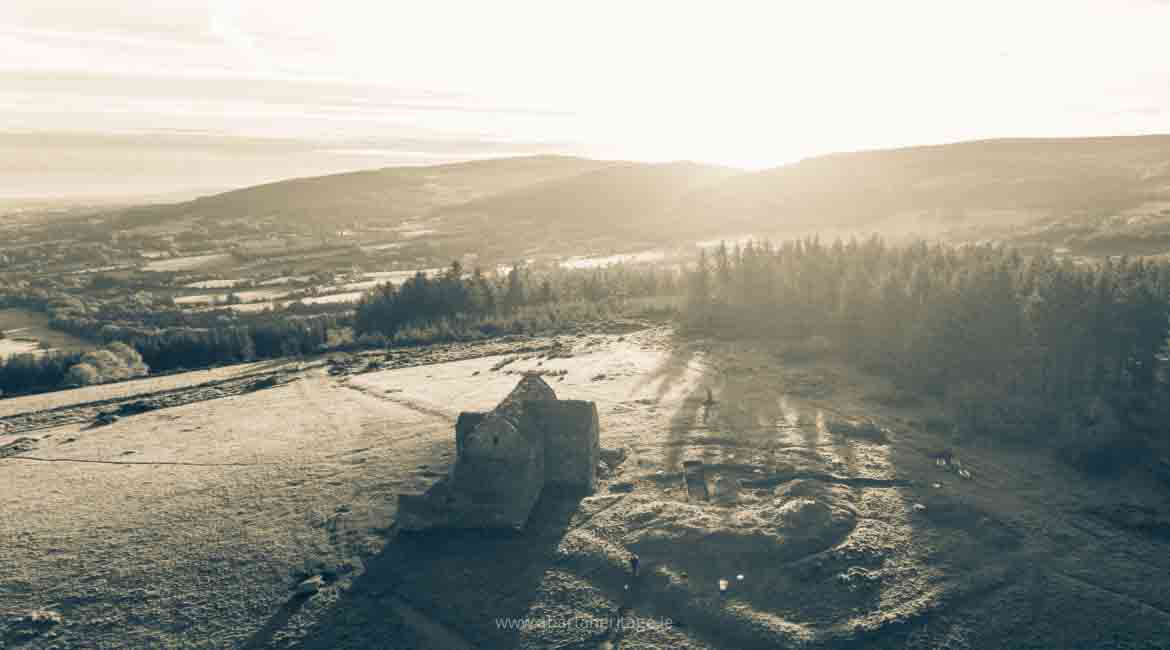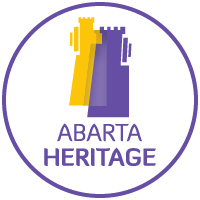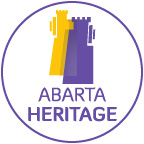What was the Original Name of Montpelier Hill?
What was the Original Name of Montpelier Hill
When William Conolly purchased the estates of Rathfarnham in the early eighteenth century, he chose the area now known as Montpelier Hill to be a place of leisure and sporting pursuits. He had enclosed an area of 1,000 acres to be his deerpark (1*), and demolished the tomb on the summit to make way for a hunting lodge (2). He also changed the original name into Montpelier Hill, perhaps as a nod to the fashionable interest in France of the time. The original name of Montpelier Hill became lost for an age.
‘…we come to Mont Pelier, or Mount Pelia, as the country people call it. Mont Pelier was probably a fancy name given to this hill by Speaker Conolly when he got possession of it; but hitherto I have not been able to discover its Irish name.’ (3)
‘There can be little doubt that this hill possessed an Irish name, like the other hills around it, and it is highly probable that this name was known to the Irish-speaking race who were to be found in Glennasmole down to the early part of the last century, but all trace of it has now, unfortunately, been lost among the country folk in the neighbourhood, to whom it is universally known as “Mount Pelia.” The modern name originated with the house on its summit, which was called Mount Pelier by the builder.’ (4)
However, the original name for Montpelier Hill may have been in plain sight all along, hidden within the Ulster Cycles within the famous Togail Bruidne Dá Derga (the Destruction of Da Derga’s Hostel). In 1935, Eoin MacNeill suggested Montpelier Hill was ‘Sliab Lecga’ or ‘Lecca Cenn Sléibe’ that featured as the last stage of the reaver’s journey before they attacked Da Derga’s Hostel [the Bruiden Dá Derga]:
‘In the prose, the place, which is the last stage of the reavers’ journey before their attack on the Bruiden, is called Lecca Cinn tSléibe, [meaning] “the stones, or gatherings of stones, at the end of the mountain”. Lecga appears to be genitive singular of Leccach, a place or structure of stones (more particularly, flat stones). The stones may have been used to build the ruined “Hell Fire Club” on the summit or the ruined mansion.’ (5).
MacNeill provides further evidence by highlighting that according to the text: ‘Bruiden Da Derga was situated “between Cualu and Albu”… This confirms the identification of Sliab Lecga or Cenn Sléibe as Montpelier Hill’ (6). The translated description provided by MacNeill ‘gatherings of stones, at the end of the mountain’ is certainly enticingly evocative to being a description of how the cairn of Montpelier Hill must have looked before it was demolished. A great mound of stone crowning the summit of one of the last of the Dublin Mountains before the Valley of the Liffey.
*(A list of sources for this article are detailed at the bottom, the references appear numbered as (1), (2) etc).



